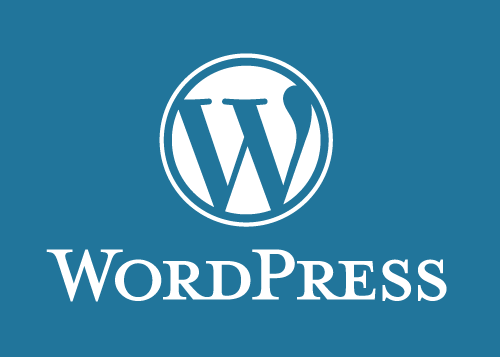WordPress is widely considered as the easiest content management system (CMS) to learn and use. On top of its intuitive interface, there are also heaps of free learning resources that can quickly turn beginners into adepts.
If you help design WordPress websites for other clients, you should have no problem teaching them how to perform basic CMS operations by themselves – from creating new blog posts to using certain plugins. However, some of the platform’s components under the hood have a much steeper learning curve, particularly
Therefore, to reduce their chances of messing up WordPress while providing better control and flexibility, below are some of the strategies you can use:
#1. Create a Leaner Backend
Although the WordPress dashboard is already well-structured and easy to navigate, it can be very confusing to new users especially if you’ve already installed plugins to add bits of functionality. To simplify their experience, a favorite strategy is to reduce the number of available options from the main menu.
A surefire approach is to provide clients with a limited user role with basic access rights such as creating posts, uploading media, and reviewing comments. But rather than treating clients like guests in their site, you can use the White Label CMS plugin to provide them with a stripped-down, branded dashboard.
White Label CMS allows you to modify the user interface from a single settings page. Apart from limiting the options, clients see on the dashboard; it also lets you to setup tutorial videos on basic tasks such as managing widgets, WooCommerce integration, and menus. And while it doesn’t directly affect usability, you can also add the client’s logo into the login page to personalize their experience.
#2. Integrate a Landing Page Builder
WordPress makes it easy to build a professional-looking site from scratch with the help of themes and plugins. However, clients need more than generic layouts if they want a standout site that grabs attention. But rather than hiring a web design agency or freelancer, a more cost-efficient option is to utilize landing page builders to customize every visual aspect of a site – without touching a single line of code.
Currently, there are plenty of landing page plugins with varying functionalities and pricing plans. The key is to find the one that adequately matches the client’s needs. For example, if they want organized landing pages with modular design, then they might be better off with a plugin like Qards. But if they need to save money and willing to do more intensive design work, then a free plugin like WordPress Landing Pages makes more sense.
#3. Encourage Shortcodes
Truth be told, the more your clients know about Wordpress, the less they’ll require your services. But that doesn’t mean you should deliberately stop them from exploring the platform’s full potential. You do, however, need to make sure they take baby steps to prevent disasters as they experiment with code.
For small changes or tidbits of new functionality, encourage them to use shortcodes that are not only useful but are also convenient and easy to use. Shortcodes work in conjunction with a theme or plugin – allowing you to unlock certain functionalities that are either hidden or disabled by default. You can start with the Shortcodes Ultimate plugin for WordPress, which contains dozens of shortcodes that help you create buttons, lists, accordions, and much more.
#4. Automate Backups
As a failsafe, every WordPress website must have its data backed up on a remote server. This makes it easier to restore everything to good working order in case of misconfiguration, cyber-attacks, or faulty WordPress updates.
Fortunately, you can make remote backups a breeze for you clients with free-to-use plugins. Once you set a regular backup schedule, customers no longer need to trouble themselves to ensure the security and continuity of their site. They can instead focus on other aspects of growth, like building content and online marketing.
Lastly, it’s worth noting that some remote backup plugins can be used when migrating a WordPress site to a new host. This is usually done when the previous host couldn’t live up to their promises or is just inadequate for the kind of performance the client expects.
#5. Provide stats from your dashboard
Some clients would prefer to view data of their site performance. They want to know if they are attracting the right audience to their site based on the number of views, how long they’ve stayed on the site, where the referral traffic came from, and more.
Assuming that they are tech-challenged, introducing them to tools like Google Analytics can be a painstaking experience. It may be the best tool for gathering data about their sites, but it’s neither the easiest nor most convenient to use.
Instead of doing that, you could simply show them their website data using a tool like Analytify, a WordPress plugin that connects their Google Analytics straight to their dashboards. Aside from the ease and convenience of accessing analytics from WordPress, the tool presents the data in an easy-to-understand manner so clients can get data off the cuff.
Conclusion
WordPress makes an authoritative online presence more achievable to bloggers, mompreneurs, and small businesses – but it doesn’t always guarantee a smooth sailing experience. The strategies above should be enough to make everything more manageable even to absolute beginners. But if you want them to take full advantage of the platform’s incredible features, encourage clients to seek more guides and other WordPress-related resources.


